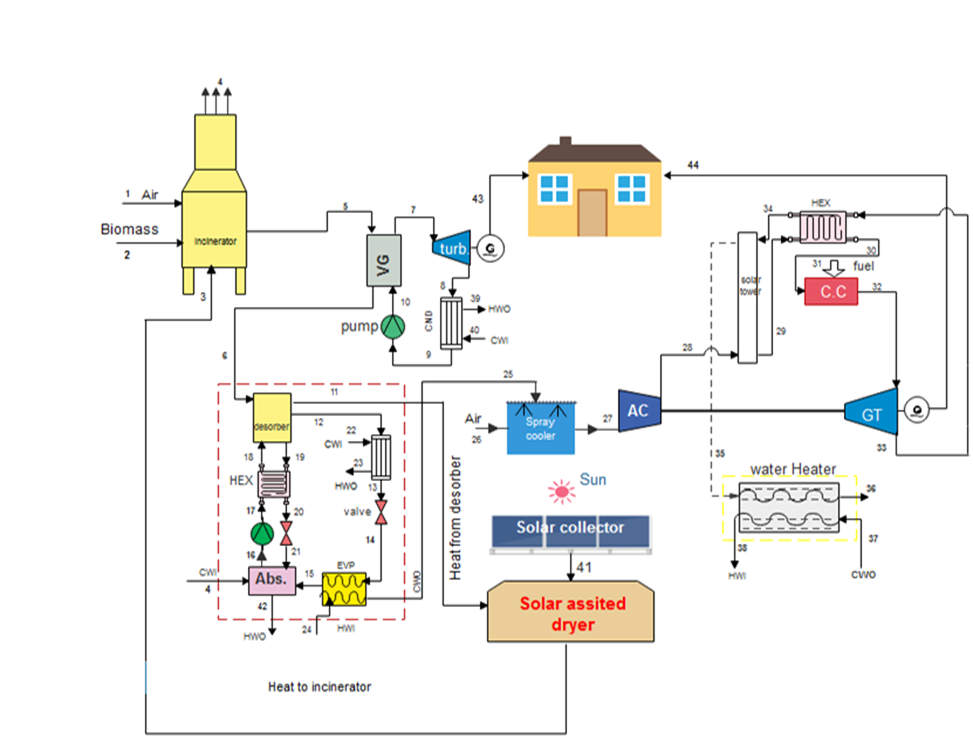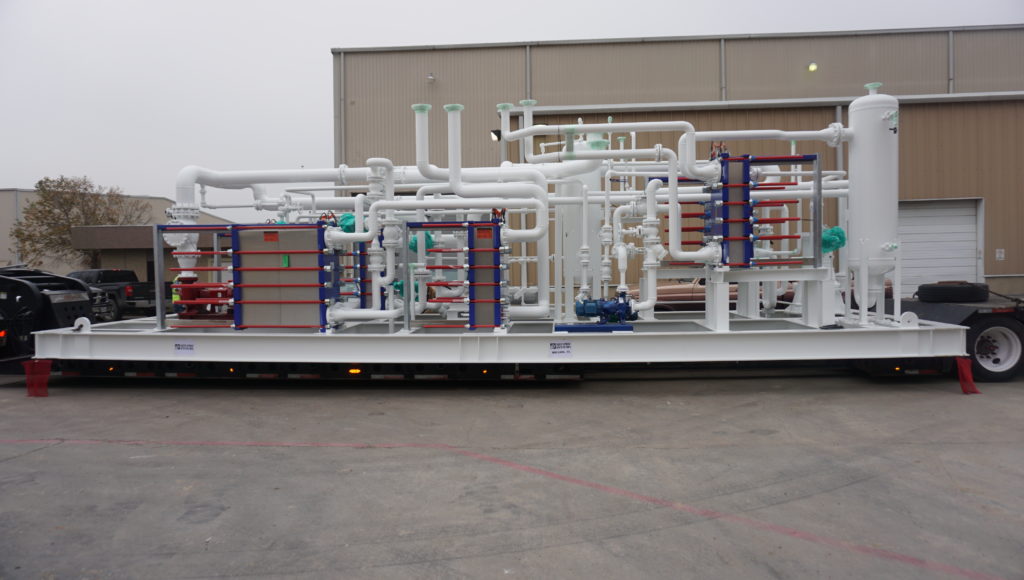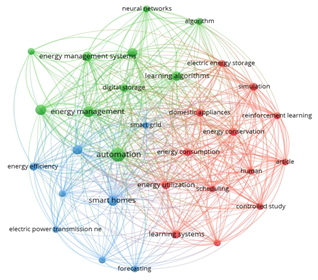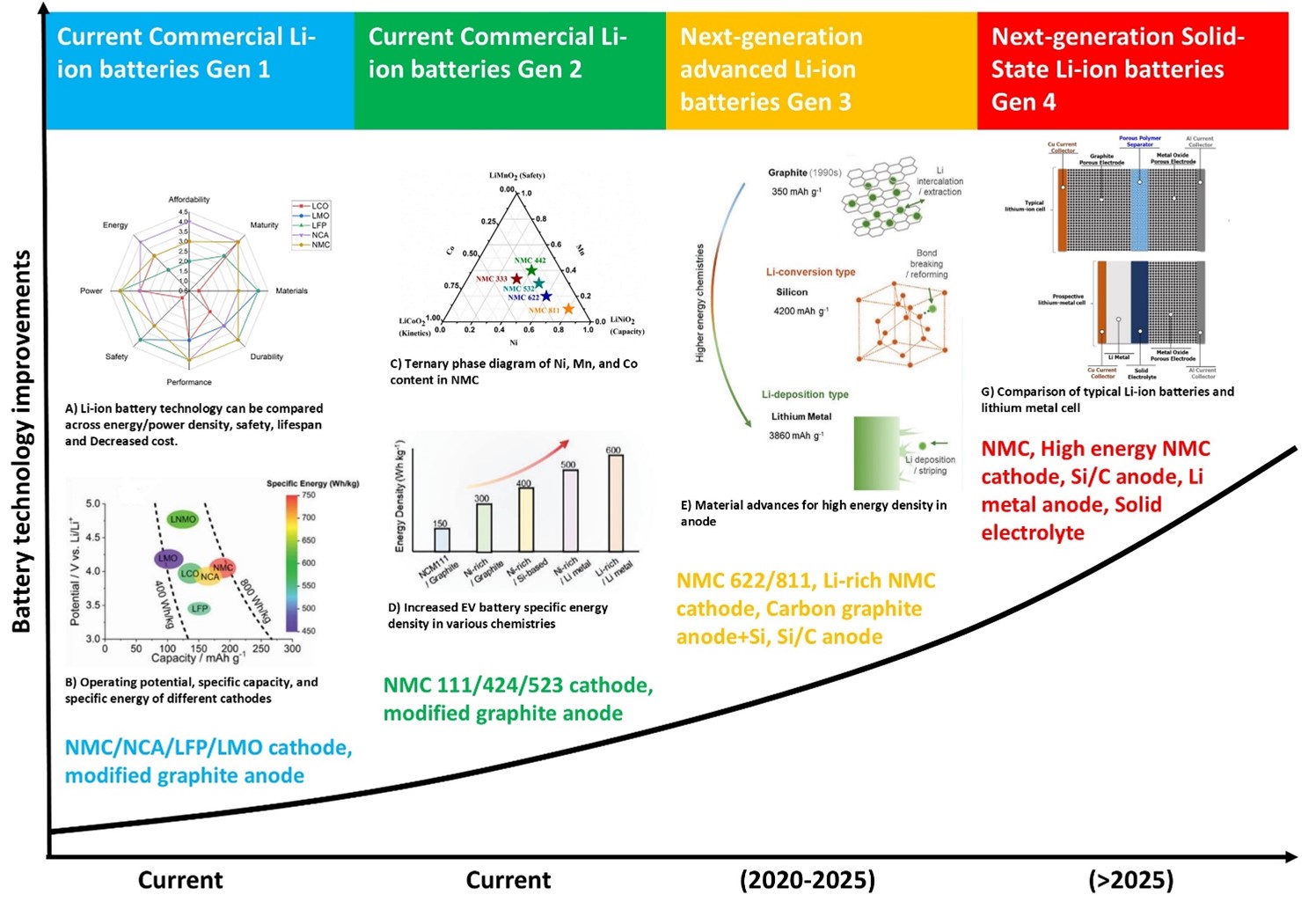Machine learning in high-entropy alloys: phase formation predictions with artificial neural networks

Downloads
Due to their complex compositions, high entropy alloys (HEAs) offer a diverse range of material properties, making them highly adaptable for various applications, including those crucial for future sustainability. Phase engineering in HEAs presents a unique opportunity to tailor materials for environmentally friendly technologies and energy-efficient solutions. However, the challenge of predicting phase selection, a key aspect in harnessing the full potential of HEAs for sustainable applications, is compounded by the limited availability of HEA data. This study presents a distinctive approach by using a precisely produced and selected dataset to train an artificial neural network (ANN) model. This dataset, unlike prior studies, is uniquely constructed to contain an equal amount of training data for each phase in HEAs, which includes single-phase solid solutions (SS), amorphous (AM), and intermetallic compounds (IM). This methodology is relatively unexplored in the field and addresses the imbalanced data issue common in HEA research. To accurately assess the model's performance, rigorous cross-validation was employed to systematically adapt the model's hyperparameters for phase formation prediction. The assessment includes metrics such as phase-wise accuracy (AM 86.67% SS 81.25% & IM 82.35%), confusion matrix, and Micro-F1 score (0.83), all of which collectively demonstrate the effectiveness of this approach. The study highlights the importance of feature parameters in phase prediction for HEAs, shedding light on the factors influencing phase selection. Its balanced dataset and training method notably advance machine learning in HEA phase prediction, providing valuable insights for material design amidst challenges and data scarcity in the field.
N. Islam, W. Huang, H.L. Zhuang, Machine learning for phase selection in multi-principal element alloys, Computational Materials Science. 150 (2018) 230–235. https://doi.org/10.1016/j.commatsci.2018.04.003.
D.B. Miracle, O.N. Senkov, A critical review of high entropy alloys and related concepts, Acta Materialia. 122 (2017) 448–511. https://doi.org/10.1016/j.actamat.2016.08.081.
J.-W. Yeh, S.-K. Chen, S.-J. Lin, J.-Y. Gan, T.-S. Chin, T.-T. Shun, C.-H. Tsau, S.-Y. Chang, Nanostructured High-Entropy Alloys with Multiple Principal Elements: Novel Alloy Design Concepts and Outcomes, Advanced Engineering Materials. 6 (2004) 299–303. https://doi.org/10.1002/adem.200300567.
B. Cantor, I.T.H. Chang, P. Knight, A.J.B. Vincent, Microstructural development in equiatomic multicomponent alloys, Materials Science and Engineering: A. 375–377 (2004) 213–218. https://doi.org/10.1016/j.msea.2003.10.257.
W. Zhu, W. Huo, S. Wang, X. Wang, K. Ren, S. Tan, F. Fang, Z. Xie, J. Jiang, Phase formation prediction of high-entropy alloys: a deep learning study, Journal of Materials Research and Technology. 18 (2022) 800–809. https://doi.org/10.1016/j.jmrt.2022.01.172.
Y. Zhang, T.T. Zuo, Z. Tang, M.C. Gao, K.A. Dahmen, P.K. Liaw, Z.P. Lu, Microstructures and properties of high-entropy alloys, Progress in Materials Science. 61 (2014) 1–93. https://doi.org/10.1016/j.pmatsci.2013.10.001.
B. Gludovatz, A. Hohenwarter, D. Catoor, E.H. Chang, E.P. George, R.O. Ritchie, A fracture-resistant high-entropy alloy for cryogenic applications, Science. 345 (2014) 1153–1158. https://doi.org/10.1126/science.1254581.
W. Huo, F. Fang, X. Liu, S. Tan, Z. Xie, J. Jiang, Remarkable strain-rate sensitivity of nanotwinned CoCrFeNi alloys, Applied Physics Letters. 114 (2019) 101904. https://doi.org/10.1063/1.5088921.
E.G. Reineke, O.T. Inal, Crystallization behavior of amorphous Ni50Nb50 on continuous heating, Materials Science and Engineering. 57 (1983) 223–231. https://doi.org/10.1016/0025-5416(83)90212-4.
X. Chang, M. Zeng, K. Liu, L. Fu, Phase Engineering of High-Entropy Alloys, Advanced Materials. 32 (2020) 1907226. https://doi.org/10.1002/adma.201907226.
W. Huo, X. Liu, S. Tan, F. Fang, Z. Xie, J. Shang, J. Jiang, Ultrahigh hardness and high electrical resistivity in nano-twinned, nanocrystalline high-entropy alloy films, Applied Surface Science. 439 (2018) 222–225. https://doi.org/10.1016/j.apsusc.2018.01.050.
Z. Li, K.G. Pradeep, Y. Deng, D. Raabe, C.C. Tasan, Metastable high-entropy dual-phase alloys overcome the strength–ductility trade-off, Nature. 534 (2016) 227–230. https://doi.org/10.1038/nature17981.
W. Huo, H. Zhou, F. Fang, X. Hu, Z. Xie, J. Jiang, Strain-rate effect upon the tensile behavior of CoCrFeNi high-entropy alloys, Materials Science and Engineering: A. 689 (2017) 366–369. https://doi.org/10.1016/j.msea.2017.02.077.
W. Huo, H. Shi, X. Ren, J. Zhang, Microstructure and Wear Behavior of CoCrFeMnNbNi High-Entropy Alloy Coating by TIG Cladding, Advances in Materials Science and Engineering. 2015 (2015) e647351. https://doi.org/10.1155/2015/647351.
Y. Shi, L. Collins, R. Feng, C. Zhang, N. Balke, P.K. Liaw, B. Yang, Homogenization of AlxCoCrFeNi high-entropy alloys with improved corrosion resistance, Corrosion Science. 133 (2018) 120–131. https://doi.org/10.1016/j.corsci.2018.01.030.
Md.F. bin Noor, B. Mallick, A. Habib, Heat storage system: A modern way to reuse and recycle energy to reduce thermal pollution, in: International Conference on Mechanical, Industrial and Energy Engineering, 2018.
A.S. Lakhnot, R.A. Panchal, J. Datta, V. Mahajani, K. Bhimani, R. Jain, D. Datta, N. Koratkar, Intercalation Hosts for Multivalent-Ion Batteries, Small Structures. 4 (2023) 2200290. https://doi.org/10.1002/sstr.202200290.
J. Datta, N. Koratkar, D. Datta, Open-tunneled oxides as intercalation host for multivalent ion (Ca and Al) batteries: A DFT study, (2023). https://doi.org/10.48550/arXiv.2303.12301.
Z.U. Mahmud, S. Karmakar, A. Haque, K.C. Ghosh, A study of fabrication and characterization of NaxMnO2 as a cathode material for sodium-ion battery, MRS Advances. (2023). https://doi.org/10.1557/s43580-023-00611-4.
M.S. Uddin, R.A. Mayanovic, M. Benamara, On the synthesis and characterization of bimagnetic CoO/NiFe2O4 heterostructured nanoparticles, AIP Advances. 13 (2023) 025314. https://doi.org/10.1063/9.0000561.
M.T. Islam, M.S. Rabbi, M.S. Uddin, Noise reduction of helicopter rotor blades by using spoiler, AIP Conference Proceedings. 2121 (2019) 040014. https://doi.org/10.1063/1.5115885.
N. Yasmin, M.F.B. Noor, T. Besara, Structure and Magnetism of the New Cage-structured Compound HfMn2Zn20, (2023). https://doi.org/10.48550/arXiv.2306.01146.
L. Wang, P. Li, W. Zhang, F. Wan, J. Wu, L. Yong, X. Liu, Prediction of phase selection of amorphous alloys and high entropy alloys by artificial neural network, Computational Materials Science. 223 (2023) 112129. https://doi.org/10.1016/j.commatsci.2023.112129.
S.Y. Lee, S. Byeon, H.S. Kim, H. Jin, S. Lee, Deep learning-based phase prediction of high-entropy alloys: Optimization, generation, and explanation, Materials & Design. 197 (2021) 109260. https://doi.org/10.1016/j.matdes.2020.109260.
B. Mallick, R. Das, S. Banik, Md.F. bin Noor, A. Habib, Performance Enhancement of an Automobile Radiator by Using a Nozzle Arrangement, International Journal of Innovative Technology and Exploring Engineering. X (2019).
F. Aydin, R. Durgut, Estimation of wear performance of AZ91 alloy under dry sliding conditions using machine learning methods, Transactions of Nonferrous Metals Society of China. 31 (2021) 125–137. https://doi.org/10.1016/S1003-6326(20)65482-6.
J. Datta, D. Datta, V. Sharma, Transferable and Robust Machine Learning Model for Predicting Stability of Si Anodes for Multivalent Cation Batteries, J Mater Sci. 58 (2023) 11085–11099. https://doi.org/10.1007/s10853-023-08705-y.
K.G. Naik, B.S. Vishnugopi, J. Datta, D. Datta, P.P. Mukherjee, Electro-Chemo-Mechanical Challenges and Perspective in Lithium Metal Batteries, Applied Mechanics Reviews. 75 (2023). https://doi.org/10.1115/1.4057039.
R. Machaka, Machine learning-based prediction of phases in high-entropy alloys, Computational Materials Science. 188 (2021) 110244. https://doi.org/10.1016/j.commatsci.2020.110244.
U. Bhandari, Md.R. Rafi, C. Zhang, S. Yang, Yield strength prediction of high-entropy alloys using machine learning, Materials Today Communications. 26 (2021) 101871. https://doi.org/10.1016/j.mtcomm.2020.101871.
Y.V. Krishna, U.K. Jaiswal, R.M. R, Machine learning approach to predict new multiphase high entropy alloys, Scripta Materialia. 197 (2021) 113804. https://doi.org/10.1016/j.scriptamat.2021.113804.
W. Huang, P. Martin, H.L. Zhuang, Machine-learning phase prediction of high-entropy alloys, Acta Materialia. 169 (2019) 225–236. https://doi.org/10.1016/j.actamat.2019.03.012.
S. Guo, C.T. Liu, Phase stability in high entropy alloys: Formation of solid-solution phase or amorphous phase, Progress in Natural Science: Materials International. 21 (2011) 433–446. https://doi.org/10.1016/S1002-0071(12)60080-X.
C.E. Precker, A. Gregores Coto, S. Muíños Landín, Materials for Design Open Repository. High Entropy Alloys, (2021). https://doi.org/10.5281/zenodo.6403257.
R. Machaka, Dataset for High-Entropy Alloys Phases, 3 (2021). https://doi.org/10.17632/7fhwrgfh2s.3.
S. Fang, X. Xiao, L. Xia, W. Li, Y. Dong, Relationship between the widths of supercooled liquid regions and bond parameters of Mg-based bulk metallic glasses, Journal of Non Crystalline Solids. 321 (2003) 120–125. https://doi.org/10.1016/S0022-3093(03)00155-8.















